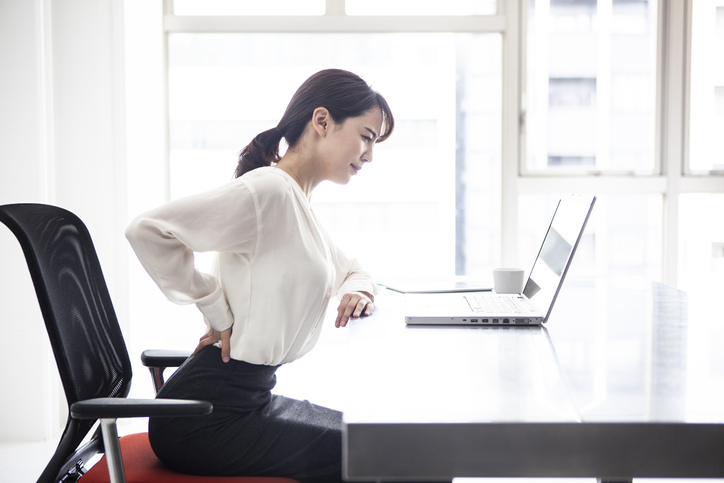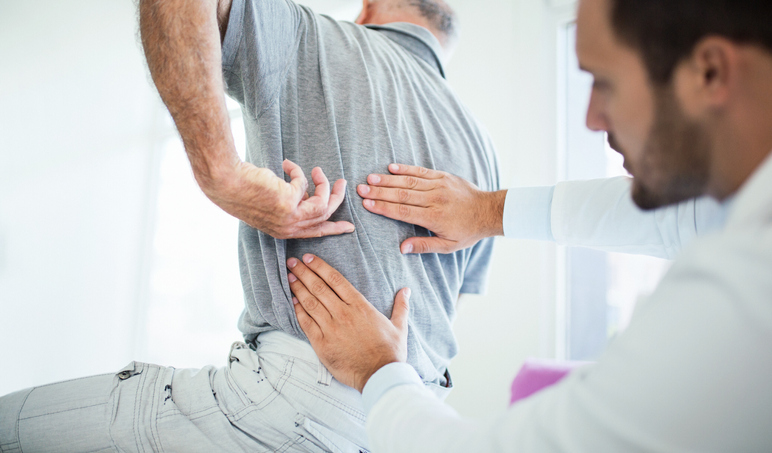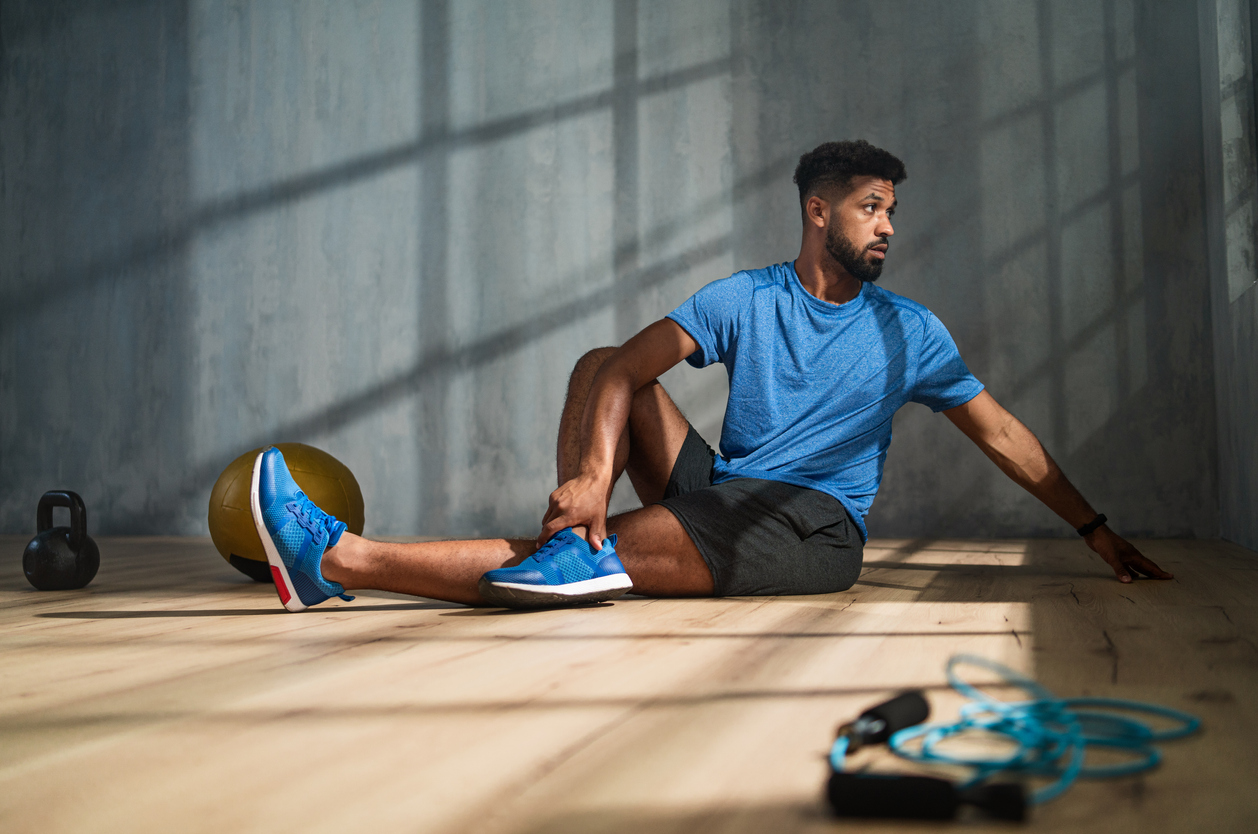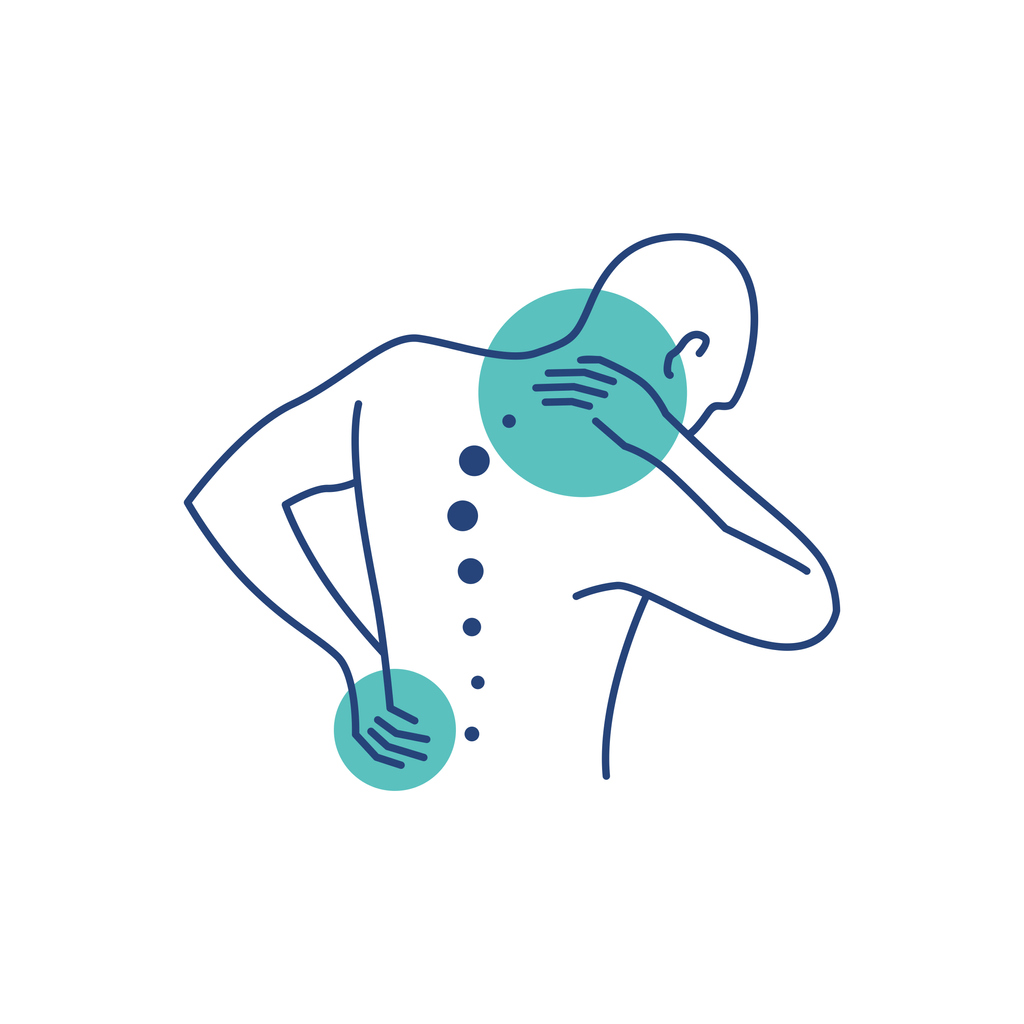Pain
Do-it-Yourself Back Therapy

An estimated eight out of every ten people will experience back pain at some point in their lives. Back pain is one of the most common reasons people visit a physician. It can be caused by normal wear and tear, overuse, injuries, muscles, bones, nerves, or discs.
Massage therapy relaxes muscles, improves range of motion, lessens pain, enhances blood circulation, and enables better sleep. Due to the increase of endorphin levels (feel good hormones), it can also lessen anxiety and depression.
Do-it-yourself back therapy
Going to a spa or massage therapist can be time-consuming and expensive; however, self-massages can provide immediate relief to targeted areas. It is also useful between massage therapist visits. Seek medical instructions if pain is due to herniated discs, impingement, or spinal compression, as self therapy may be harmful.
Temperature therapy

Cold temperature therapy is much needed during the first two days following a back injury. It decreases blood flow to a targeted area, which can reduce inflammation and swelling, especially following an injury. Cold therapy also numbs the area to reduce pain levels.
Heat therapy increases the temperature of the targeted area, improving circulation and blood flow. This can soothe stiff areas and increase muscle flexibility. Heat therapy may involve dry heat, such as a heating pad, or moist heat, such as steamed towels.
Hand massage

Be sure to lotion or oil the hands prior to beginning the massage. Locate the painful area in the neck or back and begin with soft touches. Gently apply pressure in a slow circular motion with the thumbs. If massaging the neck, the fingers can be used. Gradually increase the pressure intensity.
Yoga therapy

Yoga involves stretching, which is a form of self massage. The practice of yoga can relax, energize and strengthen the body. It can also positively influence mood, emotions and spirit. Practicing yoga restorative poses increases range of motion, while reducing inflammation. Overstretching or extended poses should be avoided.
Helpful tools

A foam roller can help ease muscle pain in the lower back. Place the roller on the floor and lay on top of it, face up. Begin moving the body back and forth over the roller. A motorized massager is also beneficial. This includes heated massagers, cryotherapy rollers, and back massagers. Simply place it on the specific muscle group and massage the area.
Tennis ball

Utilizing tennis balls to massage the lower back can improve flexibility, loosen soft tissues, and release tension. It also reduces nerve hyperactivity to reduce the number of pain signals sent to the brain. A tennis ball can be used similarly to a foam roller. Place it on the floor and lay on top of it, face up. Move around until the tender spot is located. Immediately stop if a sudden or sharp pain is experienced. A tennis ball can also be used when sitting in a chair. Place the ball behind the back at the sore spot and gently apply pressure by leaning back.


















